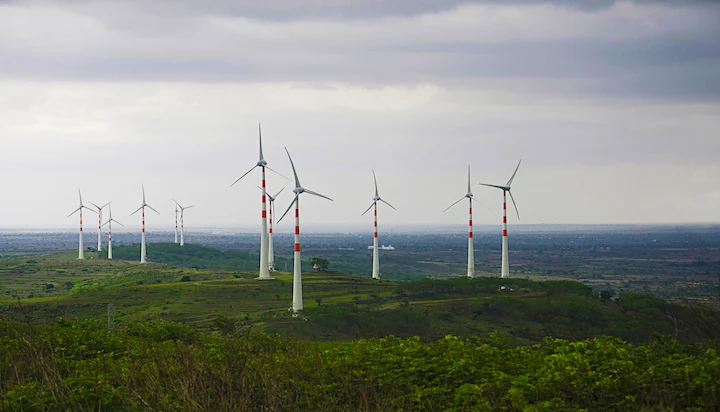Hydrogen, which is the most abundant element in the universe, is the next big thing in the planet’s fight against climate change. With its high calorific value and use in across industries, it holds promise to mitigate carbon emissions.
There are mainly two types of hydrogen, depending on how it is extracted, when it comes to industrial usage Grey hydrogen is the cheapest and the most common, but, it is also the most carbon-intense as it requires catalysts to break down hydrocarbon bonds in natural gas which result in the release of CO2. On the other hand, green hydrogen is produced by splitting water molecules, and this electrolysis is powered through renewable energy — thus having a minimal carbon footprint.
Till 2019, only five countries had a hydrogen strategy. A year on, nearly 20 have it. Some of the big players include Australia, Canada, the United States, Germany, and Japan. Private players, responding to this, plan to invest in at least 25 gigawatts (GW) of electrolyser capacity for green hydrogen by 2026 globally.
In February, Union Finance Minister Nirmala Sitharaman announced the National Hydrogen Mission. Soon after this, Union Minister for New and Renewable Energy RK Singh said his ministry would auction for green hydrogen in three months or so.
Why Green Hydrogen
The cost of green hydrogen ranges between $3.6 and $5.8 per kilogram. A 2020 analysis by the hydrogen council found that hydrogen can unlock 15 percent of global energy demand if priced at ~$1.80 per kg. The analysis expects hydrogen to fulfil nearly a fifth of the world’s energy demand by 2050.
With electricity tariffs from solar getting as low as Rs 1.99 per kWh, India has a unique opportunity to take on the leadership role in the global transition towards hydrogen. By having a clear strategy to reduce prices to below $2 by 2030, green hydrogen would become competitive with other energy sources.
Shifting to green hydrogen would also enable deep decarbonising of a plethora of industries — not just those in electricity generation.
Only 18 percent of the total energy consumption is in the form of electricity. Green hydrogen can potentially replace imported fuel. Currently, 85 percent of oil, 24 percent of coal, and 53 percent of gas are imported. Industries such as oil refineries, steel, and oil can reduce their carbon emissions with green hydrogen as a source of energy. By being self-reliant with its energy needs, India can save at least $160 billion.
Road Ahead For India
Bringing down the cost of green hydrogen needs to be encouraged by robust policies, promoting industrial collaboration, increasing public funding, and having specific targets. There are three ways to go about this.
One, setting national targets would signal India’s intent and instil confidence in private players to invest in the new technology. According to a white paper titled ‘India’s Energy Transition Towards A Green Hydrogen Economy’, India should aspire to have at least 4 percent of its energy demands by hydrogen by 2030. “This would represent about 13 MMT of hydrogen demand by 2030 and is comparable to the 17 MMT being targeted by the US and 15 MMT by EU. A national hydrogen demand of 13 MMT by 2030 represents about 10 percent of India’s total hydrogen potential by 2040,” read the report.
Two, India operates nearly 15,000 km of gas pipelines covering more than 500 cities, with the construction of another additional 16,000 km in the works. These networks can be utilised by blending hydrogen within the existing gas flow. Annual blending targets could be set for compatible parts of the grid, safely increasing them depending on operational efficiencies. Pilot projects should be encouraged. The cost of transport of green hydrogen should be kept marginal. This will ensure that hydrogen is available at the city level at cheaper prices.
Three, is the demand creating mandates and purchase commitments. Purchase commitments from governments to local private players coming with innovative solutions will go a long way to encourage green hydrogen. It will reduce the cost of innovation, promote Indian companies, and play a critical role in reducing hydrogen energy’s final cost. A few key sectors should be mandated to use a certain percentage of green hydrogen.
Leading From The Front
India formed the International Solar Alliance (ISA) soon after it made its commitments at the Paris Agreement. With more than 120 countries, the ISA creates a global market system. Hydrogen should be treated similarly. Working with other countries to keep a check on standards, good practices, and infrastructure is essential, more so for an emerging solution that hydrogen promises to be. With cheap solar prices, green hydrogen is the next big opportunity for India. Developing this sector is crucial to achieving the target of 450 GW — from the current capacity of 92GW — by 2030.
Source: moneycontrol.com









